Interposing Relay Panel (IRP)

Check the locations of the components like relay’s and Terminal blocks in the IRP panel shall be as per the approved IRP GA/IA drawing. Refer to the above photograph for easy understanding.
Contents
Also Read: What Is Interposing Relay in a PLC?
Termination of Digital Input (DI) signals
- Identify the terminal block for the DI signal as per Instrument wiring interconnection drawing and Electrical schematic wiring drawing.
- Check the cross-wiring between the Electrical side MCC terminal and the System side Instrument terminal.
- Check the proper ferrule for the input signal i.e. Status, L/R, and Fault from and to assigned terminals.
Testing of the Digital input (DI) Signals
- Identify the terminal block for the DI signal as per Instrument wiring interconnection drawing and Electrical schematic wiring drawing.
- Short the terminal blocks of the DI signal at the MCC end in the IRP cabinet.
- Check and ensure the continuity in the multimeter at the terminal end in the IRP cabinet for the same.
- Repeat the above steps for each DI signal and highlight each signal in the I/O list to ensure all the DI signals are covered under the test.
Termination of Digital Output (DO) Signals
- Identify the terminal block and relay numbering for the DO signal as per Instrument wiring interconnection drawing and Electrical schematic wiring drawing.
- Check the cross-wiring between the Electrical side MCC terminal, Relay, and the System side Instrument terminal.
- Check the proper ferrule for the output signal i.e. Start, Stop, and Trip from and to assigned terminals.
Testing of Digital Output (DO) Signals
- Identify the terminal block and relay numbering for the DO signal as per Instrument wiring interconnection drawing and Electrical schematic wiring drawing.
- Inject 24V DC with current ranging from (50-100mA) to the Coil side of the DO signal.
- Confirm that the intended relay is energized / de-energized as per the Electrical schematic wiring drawing.
- Check and ensure the continuity at the MCC end for the same signal using a multimeter.
- Repeat the above steps for each DO signal and highlight each signal in the I/O list to ensure all the DO signals are covered under the test.
Note: Hope the above explanation for the wiring and testing of the Interposing relay panel is understood.
Have a nice day!!
Stay Safe!!
Author: Mohammed Khaleel
If you liked this article, then please subscribe to our YouTube Channel for PLC and SCADA video tutorials.
You can also follow us on Facebook and Twitter to receive daily updates.
Read Next:
- Loop Test Requirements
- Digital Signals Wiring
- Yokogawa DCS System
- Loop diagram Lab Exercise
- Flow Control Loop
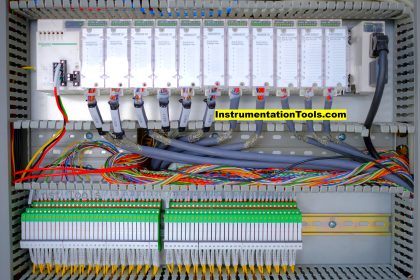
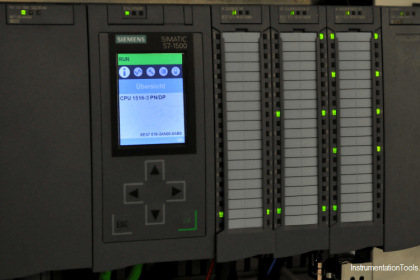

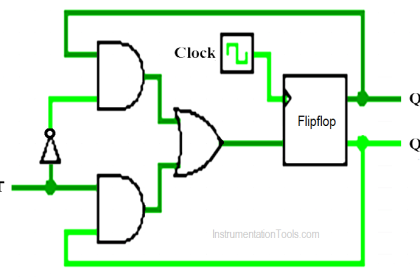
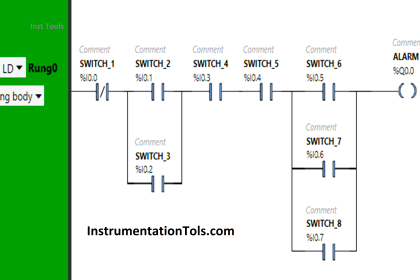
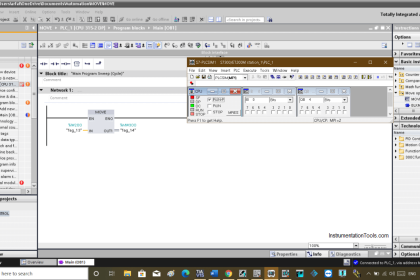
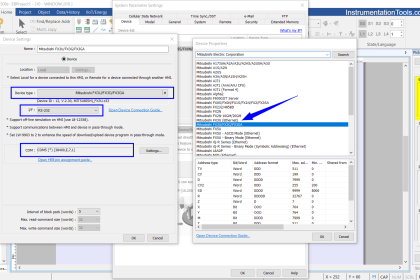

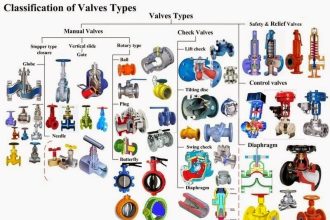
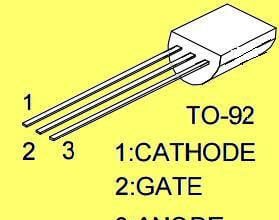

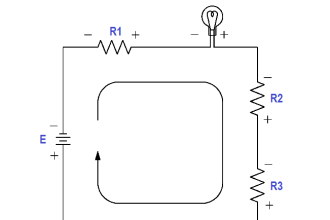

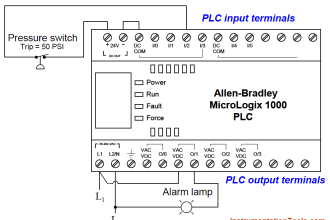

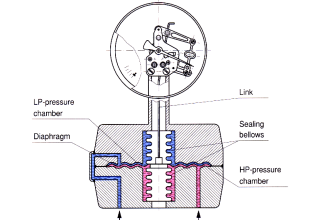

Please can you explain freewheeling diode for inductance